The Origins of Chai Tea
The story of chai tea latte begins in ancient India. Legend has it that a king created the first chai by adding different spices to tea, seeking to make a healing beverage. The word ‘chai’ simply means ‘tea’ in Hindi, which is a fact not known to many. Originally, chai was a combination of spices steeped with tea leaves and milk. This practice started over 5,000 years ago, stemming from Ayurvedic traditions.
Earliest versions of chai didn’t include black tea. The addition came with British colonization in the 1800s when the British East India Company started large-scale production of tea in Assam. Indians took the British black tea, infused it with the local spices, and added milk and sugar, creating a distinctive flavor that is beloved today.
The traditional spices included in chai are cardamom, cinnamon, ginger, cloves, and black pepper, each adding its unique taste and health benefits. These spices are known in India for their warming properties and were initially used to promote digestion and enhance the immune system.
Over time, chai became an integral part of Indian culture. It’s more than just a beverage; it’s a hospitable gesture, a conversation starter, and a symbol of comfort. Today, chai is served across India by chai wallahs, or tea vendors, who make and serve the tea on the streets. Each cup brings a piece of history and culture, telling a tale of chai’s rich and diverse journey from royal concoction to daily delight.
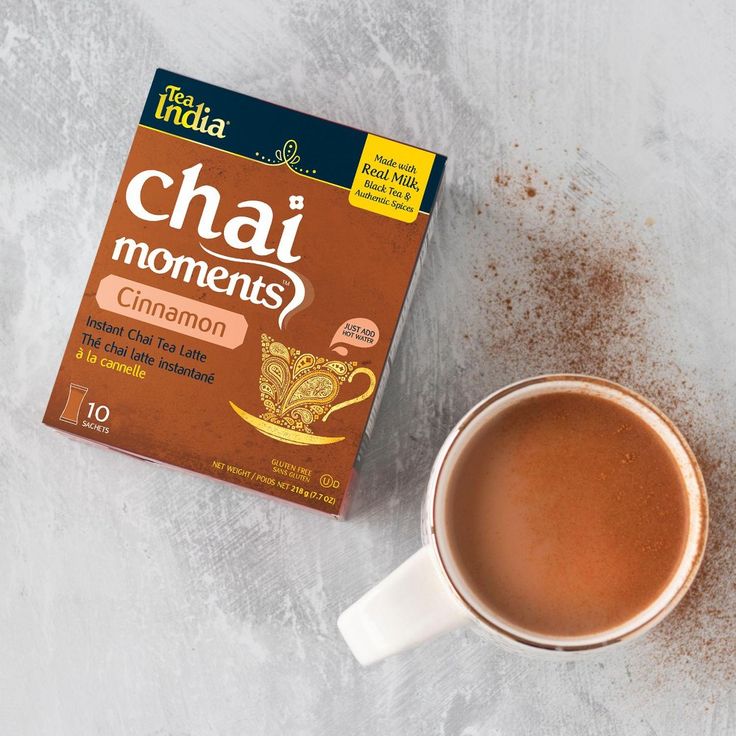
Defining Chai Tea Latte
A chai tea latte is a modern twist on traditional chai. Unlike the classic chai, a chai tea latte often includes a shot of espresso, and frothed milk takes the place of the conventional amount. This western adaptation has grown in popularity and is a staple in coffee houses around the globe.
The word ‘latte’ in chai tea latte originates from the Italian term for milk. It refers to the creamy consistency that frothed milk adds to this beverage. The combination of aromatic spices with the richness of milk and the boldness of coffee creates a unique taste experience. A chai tea latte balances the spiciness of traditional chai with the smoothness of a coffee latte.
However, some chai tea lattes skip the coffee and simply refer to the spiced, milky tea that has been whipped into a frothy delight. Whether with a coffee kick or not, chai tea lattes are beloved for their comforting warmth and flavor depth.
In essence, a chai tea latte takes the comforting spices of traditional chai and elevates them with a frothy, creamy texture that appeals to a wide audience. It’s a perfect choice for those looking for a less intense caffeine hit but still desiring a flavorful and aromatic hot drink.
The Ingredients of a Traditional Tea Latte
A classic chai tea latte has distinct ingredients. These blend to create its unique taste. Core components consist of black tea, spices, milk, sugar, and occasionally espresso. Let’s break down each one.
Black Tea
Black tea forms the base. It provides a strong flavor backdrop. Good quality Assam tea is a common choice. Yet, any robust black tea can work.
Spices
Spices bring the chai to life. Typical ones include cardamom, cinnamon, ginger, cloves, and black pepper. They add fragrance and depth. Each spice has its own health perk.
Milk
Milk adds creaminess. It balances the spices. Full-fat milk is traditional for a rich texture. Plant-based alternatives can also be used.
Sugar
Sugar complements the spices’ sharpness. It sweetens the brew. Both refined and unrefined sugars are suitable. The amount can be adjusted to taste.
Espresso (Optional)
Some versions feature a shot of espresso. This is for a caffeine boost. It combines the chai with a coffee latte’s essence. This ingredient is not in all chai lattes.
These ingredients blend into a spicy, creamy concoction. It’s a beverage cherished by many. With this knowledge, you can appreciate the layers of flavor in your next chai tea latte.
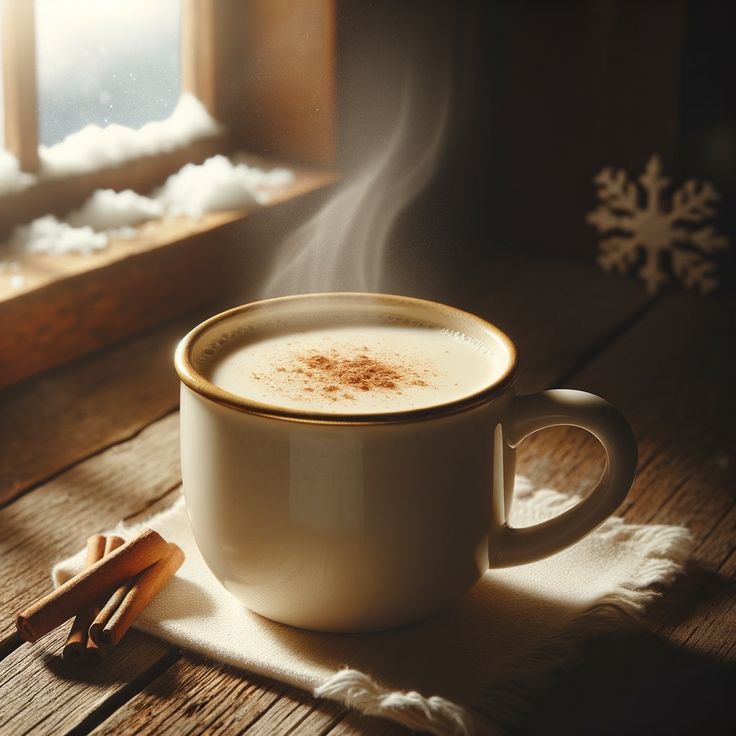
Variations of Chai Tea Latte Around the World
The chai tea latte, cherished for its aromatic spices and creamy texture, has taken many forms as it has journeyed around the world. Different cultures have embraced and adapted the drink, creating delightful variations that reflect local tastes and preferences.
North America
In the United States and Canada, the chai tea latte often includes a shot of espresso, merging the rich flavors of traditional chai with the robustness of coffee. This version has gain widespread popularity, particularly in coffee shops.
Europe
European variants tend to emphasize the spices and often offer a subtler coffee flavor or none at all. In the UK, for instance, there’s a greater focus on the quality of tea and milk used, highlighting the drink’s British-Indian colonial roots.
India
Back in India, where chai originated, vendors create a less frothy but intensely spiced version. Authentic Indian chai wallahs favor fresh, local spices, and buffalo milk, which lends a unique richness not found elsewhere.
Australia and New Zealand
Down under, chai tea lattes have a sweeter twist, with honey or vanilla added to enhance the natural sweetness of the spices.
Middle Eastern Varieties
In the Middle East, chai latte blends may include regional spices like saffron and rosewater, adding an exotic fragrance to the beverage.
As the chai tea latte has traveled, each stop on its global tour has left a mark. These variations show its versatility and the way a simple drink can be reimagined to fit into different cultures and palates.
Health Benefits of Drinking Tea Latte
Enjoying a chai tea latte is not just a treat for the taste buds. It also offers health benefits. The spices used in a chai latte are not only flavorful but come with many wellness properties. Here, we’ll look into some of the advantages of sipping on this comforting drink.
Cardamom and Digestion
One of the key spices in chai tea latte is cardamom. Known for its fragrant aroma, cardamom can significantly aid in digestion. Drinking chai tea can help settle an upset stomach and relieve bloating. This spice also stimulates the production of digestive enzymes. By incorporating cardamom into your diet, you enhance your digestive health.
Cinnamon for Blood Sugar Control
Another important ingredient in chai tea is cinnamon. This delightful spice contributes a naturally sweet note to your latte. Beyond its taste, cinnamon has properties that help regulate blood sugar levels. Consuming chai tea with cinnamon may improve insulin sensitivity. This can be especially beneficial for those managing diabetes or blood sugar fluctuations.
Ginger’s Anti-inflammatory Properties
Ginger is a staple in many chai recipes and brings a variety of health benefits. It contains powerful anti-inflammatory compounds that can help soothe a sore throat. Ginger is also known for alleviating nausea and digestive discomfort. Drinking ginger-infused chai tea latte can provide both relief and comfort, particularly during cold or flu season.
Cloves for Immunity
Cloves, often included in chai, are rich in antioxidants and nutrients that boost the immune system. These powerful compounds protect the body against infections and strengthen overall health. Regularly enjoying chai tea latte can help fortify your defenses against seasonal illnesses.
Black Pepper to Enhance Absorption
Black pepper, another spice in chai tea latte, plays a crucial role in enhancing the absorption of other spices’ active compounds. This not only sharpens the overall flavor of the drink but also amplifies its health benefits.
Together, these spices contribute to the unique taste of a chai tea latte. They add health-boosting elements to your drink. By choosing chai latte, you’re pampering your palate and doing your body a favor.
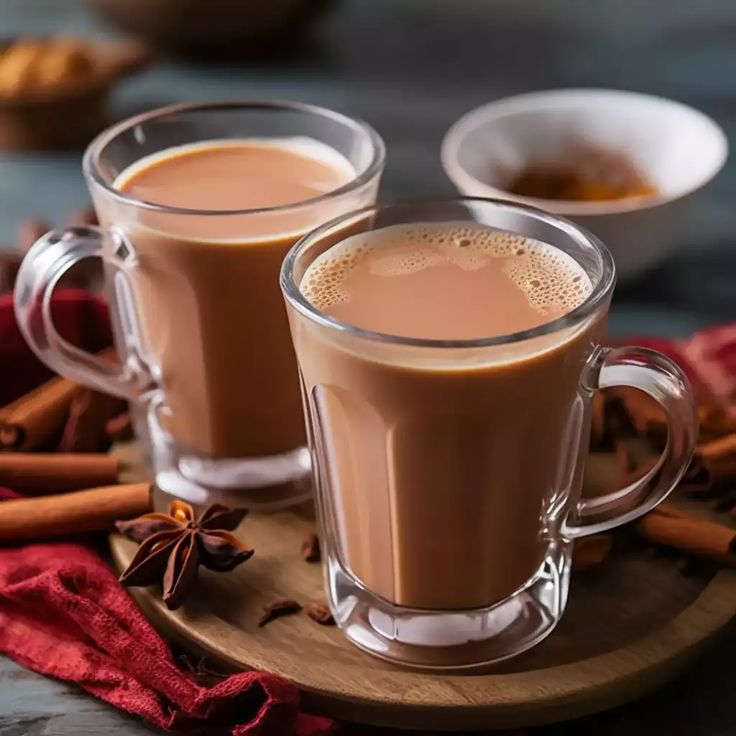
How to Make Chai Tea Latte at Home
Making a chai tea latte at home is simple. With the right ingredients and steps, you can recreate the comfort of a coffee shop right in your kitchen. Here’s a straightforward guide to making your own chai tea latte.
Gather Your Ingredients
Start by collecting all the necessary items:
- Quality black tea (preferably Assam)
- Fresh spices: cardamom, cinnamon, ginger, cloves, and black pepper
- Milk of choice, dairy or plant-based
- Sugar or honey to sweeten
- Espresso shot (optional)
Brew the Chai
- Crush the spices to release their flavors.
- Boil water, then steep black tea and spices for 4-5 minutes.
- Strain the mixture to remove spice bits.
Prepare the Frothed Milk
- Heat milk until hot but not boiling.
- Whip milk using a frother or whisk to create a creamy foam.
Combine and Serve
- Pour the chai into a mug, leaving room for milk.
- Add sugar or honey.
- Pour frothed milk over the chai.
- Top with a sprinkle of cinnamon or an espresso shot (optional).
Enjoy this homemade delight and savor the blend of aromatic spices and creamy milk in your chai tea latte.
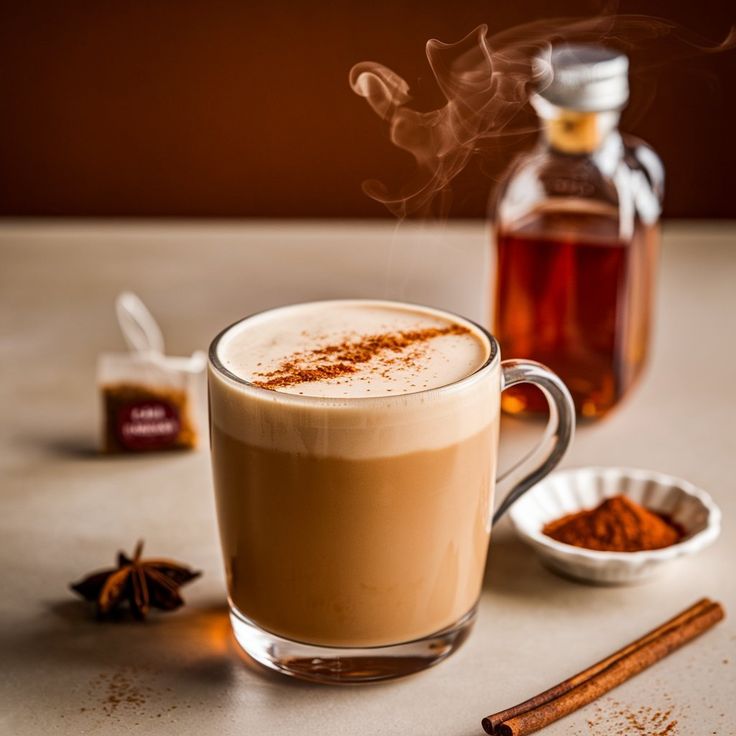
Pairing Tea Latte with Foods
When you indulge in a chai tea latte, pairing it with the right foods can enhance the experience. The spiciness of chai pairs well with both sweet and savory items. Here are some perfect companions for your next latte:
Sweet Treats
For those with a sweet tooth, chai tea latte goes hand in hand with desserts. Cookies, particularly spiced or ginger cookies, echo the warm flavors of the chai spices. Cakes, like carrot cake or a slice of pumpkin pie, complement the drink’s sweetness and creaminess. Try dipping a biscotti into your latte for a crunchy texture contrast.
Savory Options
On the savory side, consider pastries like croissants or cheese scones. The buttery layers of these baked goods pair beautifully with the complexity of chai flavors. Sandwiches with a hint of sweetness, such as those with apple slices or chutney, make for a delightful brunch or lunch combination.
Breakfast Items
A chai tea latte is also a perfect match for breakfast. Think of warm oatmeal topped with cinnamon and nuts or a classic French toast with a hint of vanilla. The spices in the chai will boost the overall flavor profile of these morning favorites.
Snack Ideas
For a lighter pairing, try nuts such as almonds or walnuts. The nuttiness complements the spiced notes of the tea. Fresh fruit like apples or pears can cleanse the palate between sips, ensuring that each taste remains distinct and enjoyable.
Regionally adjusted pairings can also be delightful. For instance, enjoy a chai tea latte with a Mexican sweet bread in Latin America or with shortbread cookies in the UK. Exploring different food pairings with your chai tea latte can turn a simple drink into a rich, cultural experience. Remember to keep the portions moderate to fully enjoy the combination of flavors without overpowering the unique taste of your chai tea latte.
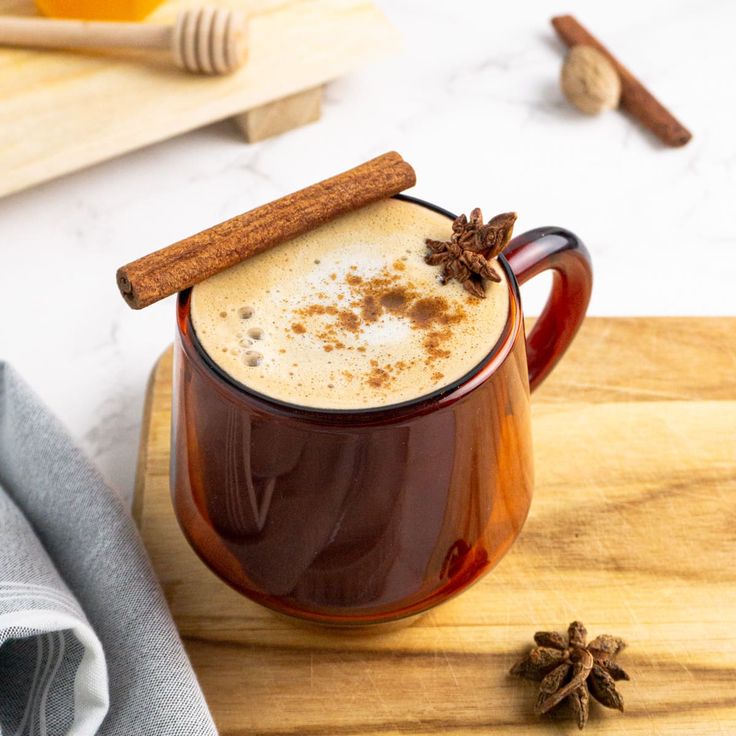
Where to Find the Best Tea Latte
Finding the best chai tea latte can be a delicious quest. To help you out, here’s a guide to discovering the cream of the crop.
Coffee Shops and Cafes
Begin your search at local coffee shops and cafes. These establishments often take pride in their latte offerings. Look for places where baristas craft chai tea lattes with care. Pay attention to their brewing methods and the reviews they receive for their chai. A coffee shop that emphasizes quality ingredients is likely to deliver a delightful chai experience.
Specialized Tea Houses
Next, consider visiting specialized tea houses. These venues focus on tea-based beverages and often provide authentic flavors. Tea houses may use whole spices and high-quality tea leaves to create their chai tea lattes. Such attention to detail enhances the overall flavor profile of the drink. Take the time to explore different tea houses, as they may offer unique variations and blends.
Indian Restaurants
Don’t overlook Indian restaurants in your search. Many of them serve traditional chai, which might also include chai tea lattes on their menu. This can be an excellent opportunity to experience authentic Indian chai flavors. Indian restaurants often use traditional recipes and spices, allowing you to savor a rich and aromatic latte.
Home Brewing
Another great option is to brew your own chai tea latte at home. Use the recipes available online or modify them to suit your taste. Experiment with different spices, such as cardamom, cinnamon, and ginger, to create a personalized chai experience. Brewing at home allows complete control over the ingredients and flavor.
Chain Coffee Stores
Major coffee store chains often have chai tea lattes. They can be consistent in taste. However, they might differ from traditional chai tea lattes.
When looking for the best chai tea latte, consider the balance of spices and the quality of milk. A good chai tea latte should have a harmonious blend of spices and a creamy froth. Taste varies from place to place, so try different spots to find your favorite.